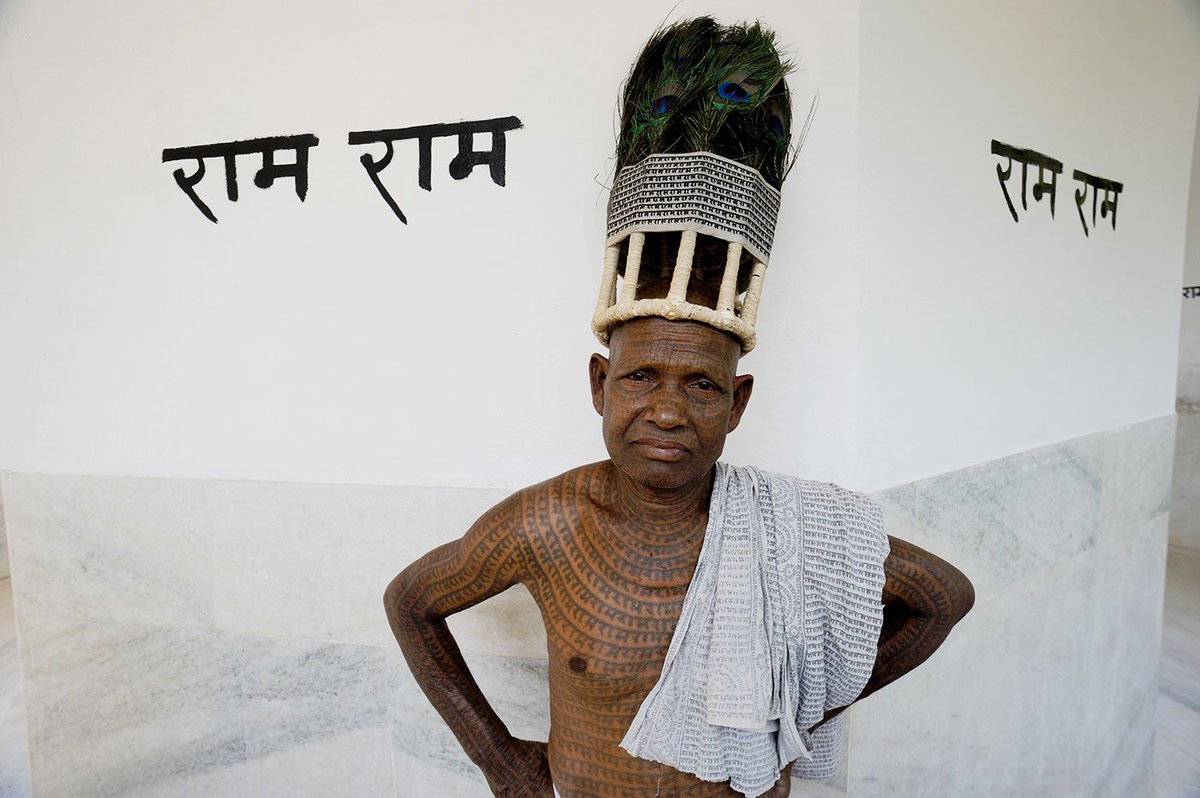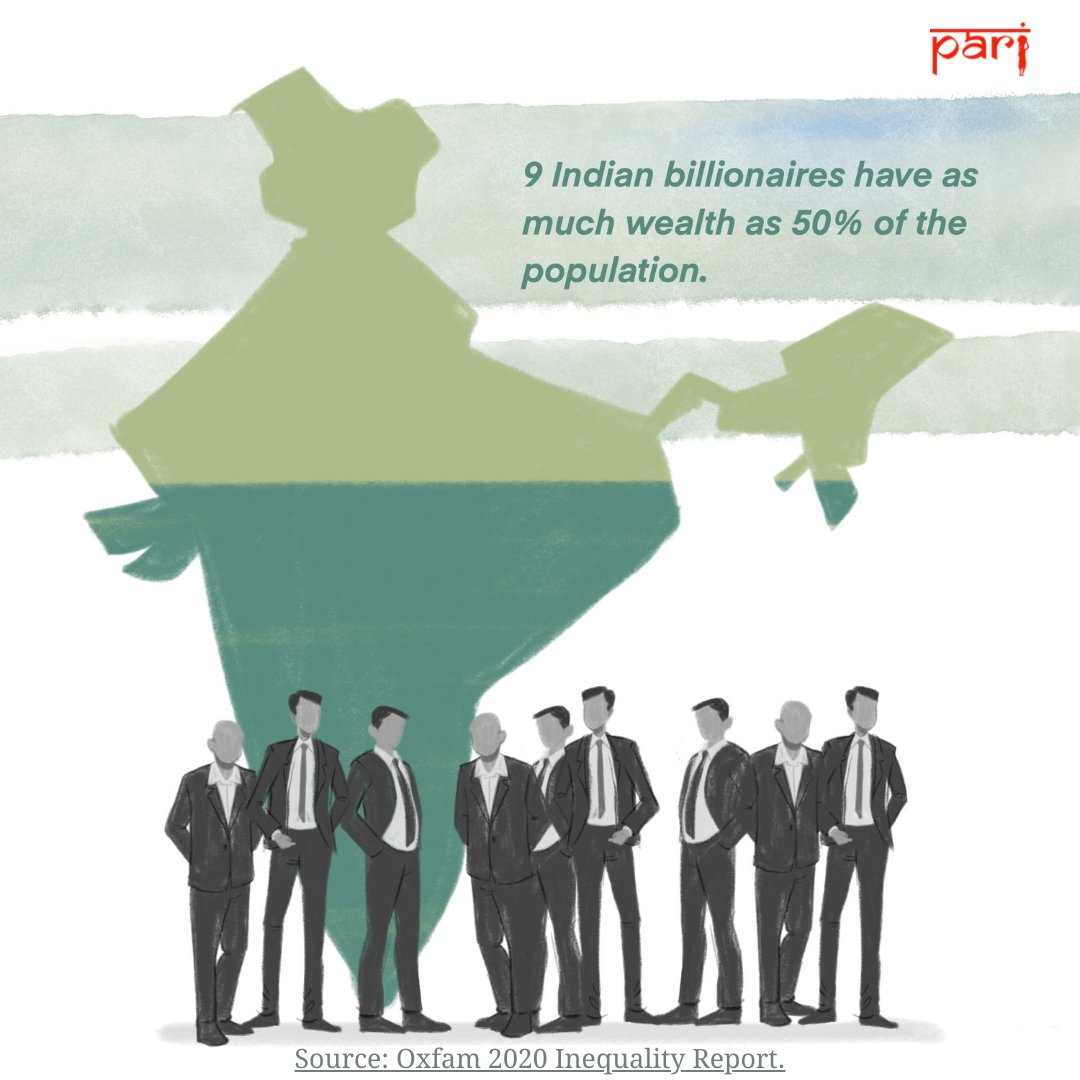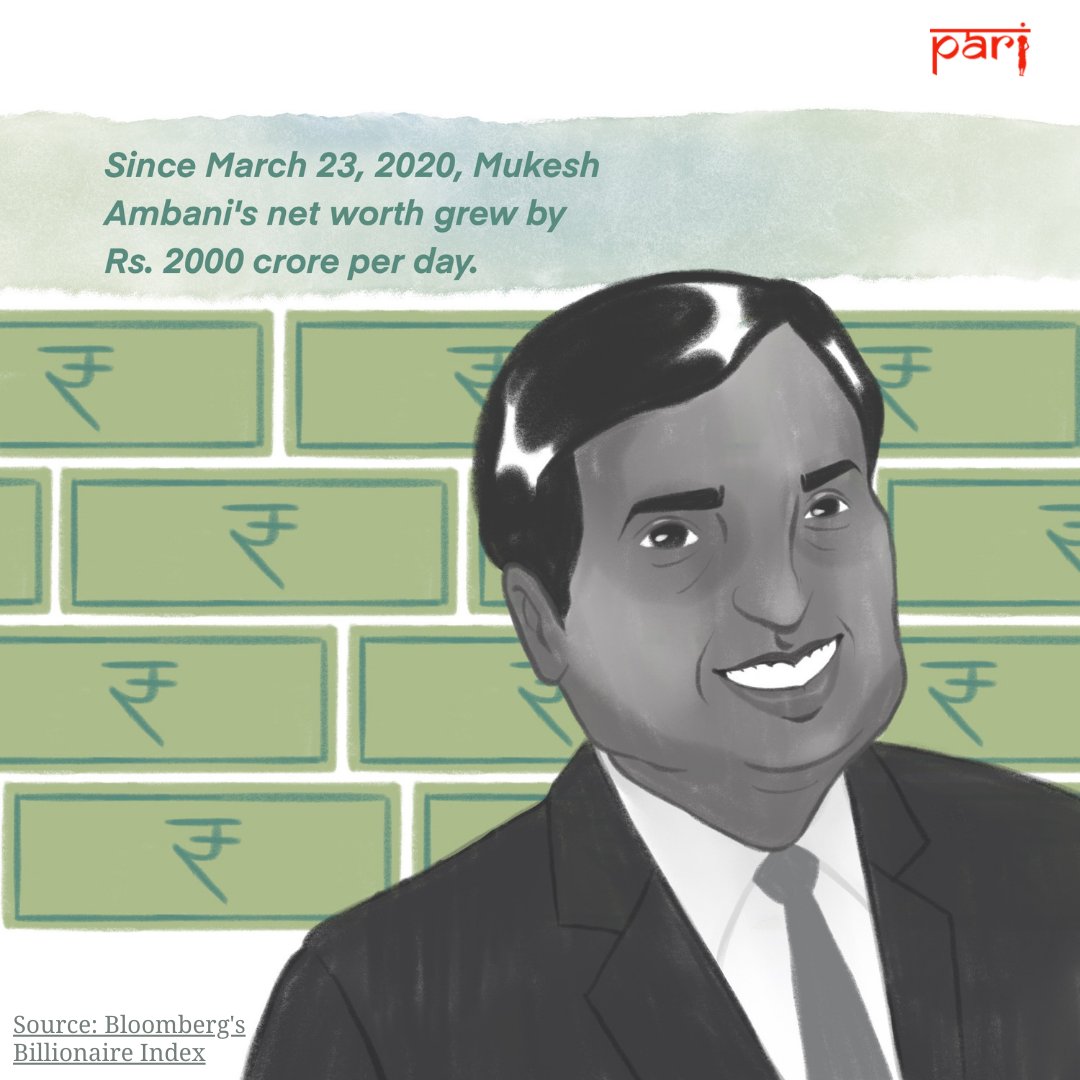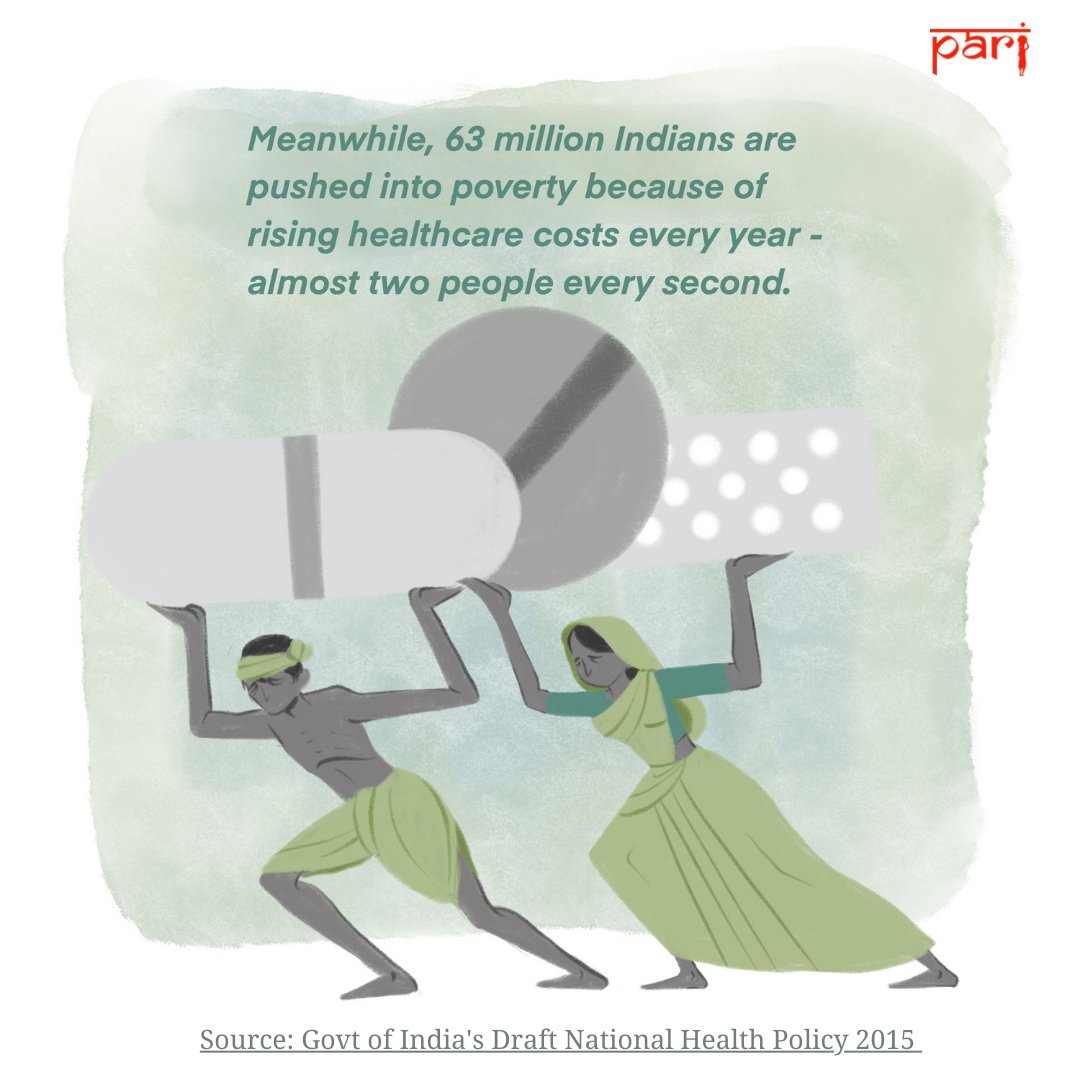
There are 400 plus TV news channels in India and several riddled with conflict of interests.
Here is a detailed report (by Pen International) of how #FreedomOfThePress has taken a hit.
India: Pursuing truth in the face of intolerance
ruralindiaonline.org/library/resour…
[Follow thread]
Here is a detailed report (by Pen International) of how #FreedomOfThePress has taken a hit.
India: Pursuing truth in the face of intolerance
ruralindiaonline.org/library/resour…
[Follow thread]
This September 2018 report focuses on the atrocities in India against independent and critical journalists, writers, and academics since 2014. India is languishing at #142 in the #WorldPressFreedomIndex 2020.
The report has essays by journalists Raksha Kumar and Nilanjana Roy, advocate Gautam Bhatia, and cultural critic Apoorvanand – discuss legal threats, pressures on editors, threats of violence, challenges to academic freedom, and the chilling effect all of this has had on writing.
Silencing the media through violent means signals the breakdown of a functioning democracy. The impunity in various instances of police violence against journalists is a result of weak law enforcement and of criminal justice systems.
It also points to a largely unquestioning society that accepts and perpetuates violence.
The 3 legal developments contributing to the shrinking of the space for #FreedomofExpression are - judicial censorship, internet shutdowns, and judicial support of criminal defamation.
The 3 legal developments contributing to the shrinking of the space for #FreedomofExpression are - judicial censorship, internet shutdowns, and judicial support of criminal defamation.
India does not have clear laws on media ownership that protect against conflicts of interest. Many of the 400 or so TV news channels in the country are owned by politicians, so the owners/management perceive any investigative reporting by these channels as political vendetta.
India has one of the largest populations online. The access to social media has encouraged many ‘traditionally-silenced’ Indian women to speak up in the online sphere. It has also made them visible and a target of personal abuse.
During 2014-18, there have been several instances of cancellation of talks, seminars, film screenings, and suspension of students and teachers for “indulging in political or anti-national acts.”
Universities have been asked to erect “walls of valour” on campuses to help students and teachers imbibe patriotism or celebrate ‘days’ as directed by the government, and submit documentary proof of compliance to the ministry.
Many publishers are now getting their books vetted by legal teams to avoid mention of anything that might offend the ruling party. This has had an adverse impact on scholarly publishing in India.
Independent publishing houses often lack the resources to fight expensive, long-drawn legal cases, and don’t have the clout to draw support from local administrations and politicians.
Many writers, especially those who write about history, or political or corporate corruption, have learned to pre-censor themselves, or have become silent.
With the spread of fake news on the internet, used with considerable effectiveness as a political weapon, many people trust doctored images, fraudulent history, and manufactured quotes, or trust nothing they see or hear, even if it is true.
The report by Pen International includes recommendations for the Indian government regarding the safety of journalists, legal restrictions on freedom of expression, and surveillance. It also makes recommendations to the judiciary and the literary community.
• • •
Missing some Tweet in this thread? You can try to
force a refresh












